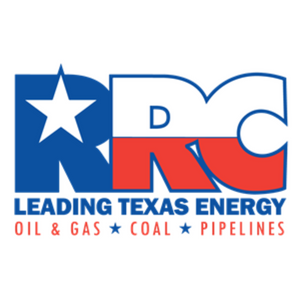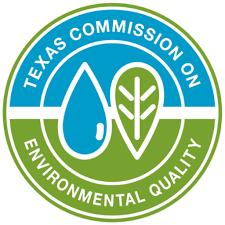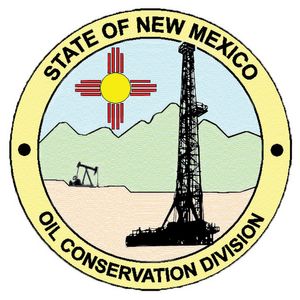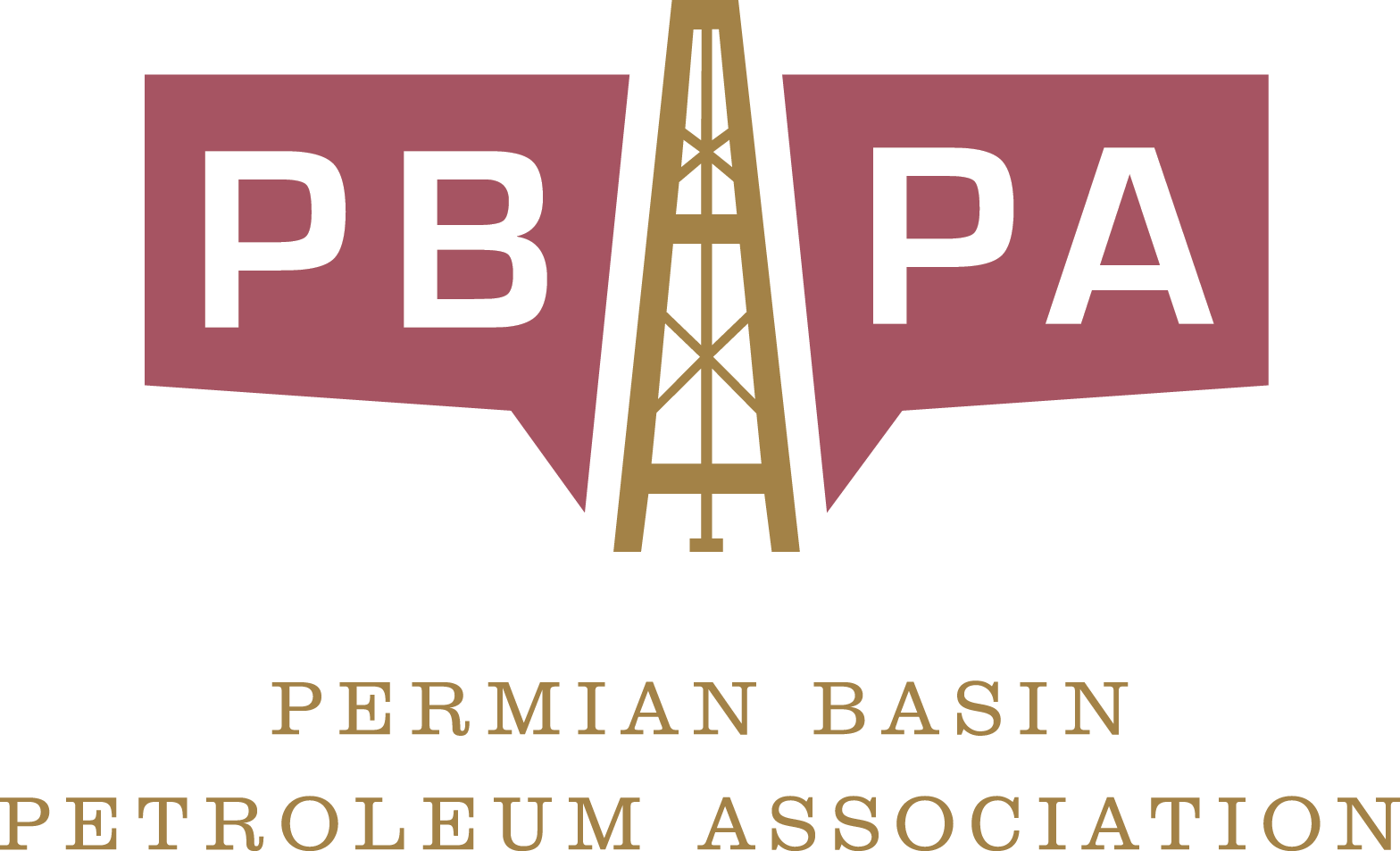Oil and Gas 101
Learn more about the Oil & Gas Industry by clicking on a topic below.
Who regulates oil and gas?
Texas:
In Texas, two primary state agencies oversee oil and gas regulations: the Railroad Commission of Texas (RRC) and the Texas Commission on Environmental Quality (TCEQ).
Railroad Commission of Texas (RRC): The RRC manages most aspects of oil and gas drilling, including well spacing, design, and groundwater protection during drilling. It also ensures operational and public safety standards are met.
Texas Commission on Environmental Quality (TCEQ): TCEQ focuses on controlling air emissions from oil and gas activities, overseeing the required depth and installation of steel casing and cement for wells, and ensuring any off-site impacts meet public health and safety standards.
New Mexico:
Oil, gas, and geothermal activities in New Mexico are regulated by the Oil Conservation Division (OCD). The division is responsible for:
Collecting well production data.
Issuing permits for new wells.
Enforcing state rules and oil and gas statutes.
Ensuring abandoned wells are properly plugged.
Overseeing responsible land restoration following drilling activities.



Basics of Drilling
What happens before companies drill a well?
Before a company drills a well, geologist and engineers study the size, structure, and thickness of the rock formations to scientifically determine how and where drilling should take place. Operators must obtain information ond the depth and location of freshwater zones from the Texas Commission of Environmental Quality or the New Mexico Oil Conservation District to ensure that protections for the entire zone of freshwater are in place. Operators must file for all necessary state and local permits. Many operators reach out to local neighborhoods to share information about their plans and timelines.
How are wells constructed to protect freshwater supplies?
Each well is encased in multiple layers of protective industrial-grade steel casing, which is surrounded by cement to create a redundant safeguard for underground freshwater supplies.
How long does it take to drill a well?
It takes several weeks to prepare a well site. This time frame includes pad site construction, moving equipment on and off site, well preparation, and actual drilling, casing, cementing, and completion. The rig and the equipment are temporary and are removed when the well is finished. Once completed, the production sites average about 300×600 feet. Completed well sites are often screened or landscaped according to local ordinances.
After construction, a well can produce for 20 to 40 years, providing long-term local jobs and tax revenue.
Hydraulic Fracturing
What is Hydraulic Fracturing?
Also known as “fracking,” hydraulic fracturing is a proven technology that has been used for more than 60 years to safely enhance the production potential of natural gas and oil from more than one million wells in the United States.
For years, oil and gas deposits in certain rock formations were thought to be uneconomic. Advances in drilling and completion technology, like fracking, changed that perception and allowed operators to develop these natural resources. Advances in technology allow operators to drill thousands of feet below freshwater supplies and then turn horizontally into rock formations where hydraulic fracturing releases vast oil and gas deposits that were once considered unreachable. While the fracking technique has been used for decades, the process has been continuously refined to be even more effective. Click here to watch a video on hydraulic fracturing.
How does hydraulic fracturing work?
Hydraulic fracturing occurs at great depths – generally a mile or more underground, thousands of feet below freshwater supplies. With the safety system of steel casing and cement in place, operators drill vertically thousands of feet down then drill horizontally into the targeted rock formation. Then a mixture of pressurized water, sand and a specifically formulated fracturing compound is pumped thousands of feet down into the formation to create tiny, millimeter-thick, fissures in carefully targeted sections of the host rock. The tiny fractures free the trapped oil or natural gas. Natural gas operators int he Barnett Shale area typically use a fracturing compound (or fracking fluid) that is 99.5% water and and and 0.5% chemically-based additives. The sand helps prop open the fractures to facilitate the flow of oil or gas.
Is hydraulic fracturing safe?
Yes. Hydraulic fracturing has a 60-year track record of safe operations. The U.S. Environmental Protection Agency, the Groundwater Protection Council (composed of state water pollution control officials), and the Interstate Oil and Gas Commission have all studied hydraulic fracturing and found that existing regulations addressed and mitigated potential risks.
What are the benefits of hydraulic fracturing?
Less Surface Area – The average well site today is 30 percent of the size it was in 1970 and an average well can now access up to 60times more below-ground area than previously possible.
Fewer wells – Today, operators can drill as few as six to eight wells on a single site to access the same amount of natural gas that once required 16 or more wells drilled from separate locations. Some modern rigs have the capability to drill more than 20 wells from a single drilling site.
Increased water efficiency – Some companies have instituted water recycling programs that capture a significant volume of water required for the hydraulic fracturing process for reuse in future operations.
Reduced air emissions – Greater equipment and engine efficiency and improved technologies mean less energy consumption per unit of natural gas produced, and thus lower air emissions per unit produced.
What happens to water after it’s used for hydraulic fracturing?
An increasing amount of fracking fluid is being recycled and reused for future operations. Other “produced” water from the fracking process is collected and disposed of according to stringent state regulations via approved underground injection wells deep beneath the surface, far below freshwater sources. These disposal wells must comply with programs delegated to the Texas Railroad Commission and used steel and cement casing during drilling and completion to protect freshwater supplies.
How much water are oil and gas operators using?
According to a 2007 study be the Texas Water Development Board, groundwater use associated with gas well development in the Barnett Shale area accounts for only about three percent of the total groundwater use in the study area. Oil and gas operators continue to work closely with state regulators and water management experts to develop innovative ways to reduce the amount of water used in oil and gas operations.
What happens if there’s an incident like water spilled on the drill pad?
Accidents are rare. Oil and gas companies place a high priority on safety and constantly monitor operations. In the event of an incident, each site is required by the Railroad Commission to have an emergency response plan in place. This plan details the proper steps needed to immediately “contain and clean” the area, minimize any impact on the environment, and notify the proper authorities.
Is Texas and New Mexico doing a good job regulating hydraulic fracturing?
Yes. Steve Heare, former director of the EPA’s Drinking Water Protection Division, has said publicly that state regulators are doing a good job of overseeing hydraulic fracturing.
Air Quality
What are oil and gas operators doing to protect the air?
All oil and gas operators must strictly comply with TCEQ regulations established to control air emissions. Depending on the nature of the operation and the potential to emit, oil and gas operators may be subject to specific permitting requirements. Companies also must comply with regulations that cover emissions from engines and generators at well sties.
The pressure in pipelines and other production equipment can be monitored from remote sites using computerized systems. Additional tools to inspect equipment for leaks include infrared cameras and handheld emission detection devices. Operators have a proven track record for quickly identifying and repairing faulty equipment. They may install additional air quality equipment to reduce the risk of leaks.
Is the air near oil and gas facilities safe?
Yes. In response to public concerns about benzene levels in the air, numerous state agencies and local governments have conducted independent air and biological sampling. For example, the Texas Department of State Health Services took blood and urine samples from residents near natural gas facilities in DISH, Texas. The residents’ sample results were no different from the rest of the U.S. population.
Waste
What is an injection well?
When oil and gas is producing and brought to the surface at a well site, naturally-occurring salt water is also brought to the surface and must be seperated and disposed. All water returned from a well is called “produced water.” The Railroad Commission regulates the disposal of the “produced” water. The most common method of disposal is to safely inject the produced water via permitted disposal wells thousands of feet below freshwater supplies. Most often, produced water is returned to naturally-occurring salt water formations deep within the earth.
Permit applications must provide comprehensive plans to protect groundwater including details about adequate separation and impervious rock formations between the proposed injection zone and shallow freshwater formations as well and the volume and injection pressures to be used during the disposal process. An “area of review’ is required to identify all plugged, unplugged, or improperly orphaned wells penetrating the injection zone within a 1/4 mile radius of the proposed disposal well. Appropriate landowners are notified and can request a hearing on any disposal well permit application.
How does injection well construction and monitoring protect fresh water supplies?
In Texas, the Railroad Commission maintains rules and requires permits that specify stringent disposal well construction standards that require several layers of steel casing surrounded by cement. Disposal well operators are required to constantly monitor multiple pressure gauges, to closely monitor and record injection pressure and rate, and to perform periodic mechanical integrity tests on the disposal well. Operators must maintain and report this monitoring and testing information to the Railroad Commission.
Know your play
Learn more about the plays of the Permian Basin! PBPA provides a “Know Your Play” section in our PB Oil & Gas magazine, and hope you find it useful.
